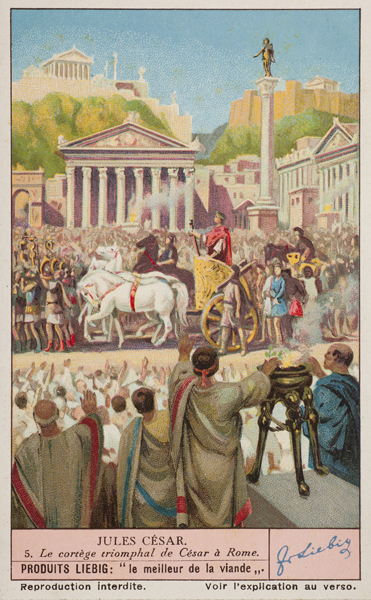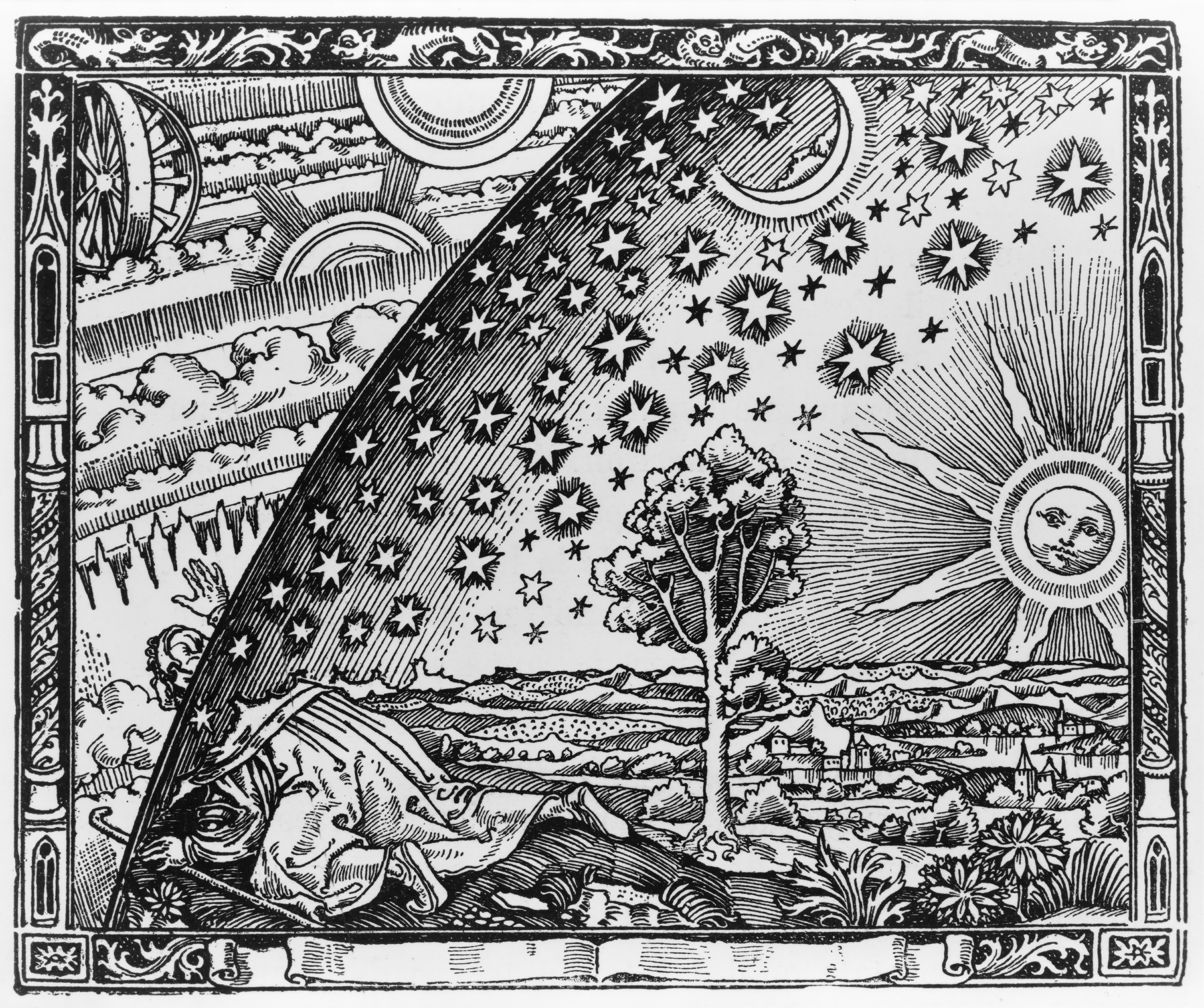|
Violet (color)
Violet is the color of light at the short wavelength end of the visible spectrum. It is one of the seven colors that Isaac Newton labeled when dividing the spectrum of visible light in 1672. Violet light has a wavelength between approximately 380 and 450 nanometers. The color's name is derived from the ''Viola'' genus of flowers. In the RGB color model used in computer and television screens, violet is produced by mixing red and blue light, with more blue than red. In the RYB color model historically used by painters, violet is created with a combination of red and blue pigments and is located between blue and purple on the color wheel. In the CMYK color model used in printing, violet is created with a combination of magenta and cyan pigments, with more magenta than cyan. On the RGB/ CMY( K) color wheel, violet is located between blue and magenta. Violet is closely associated with purple. In optics, violet is a spectral color (referring to the color of different single wav ... [...More Info...] [...Related Items...] OR: [Wikipedia] [Google] [Baidu] |
Color
Color (or colour in English in the Commonwealth of Nations, Commonwealth English; American and British English spelling differences#-our, -or, see spelling differences) is the visual perception based on the electromagnetic spectrum. Though color is not an inherent property of matter, color perception is related to an object's light absorption, emission spectra, emission, Reflection (physics), reflection and Transmittance, transmission. For most humans, colors are perceived in the visible light spectrum with three types of cone cells (trichromacy). Other animals may have a different number of cone cell types or have eyes sensitive to different wavelengths, such as bees that can distinguish ultraviolet, and thus have a different color sensitivity range. Animal perception of color originates from different light wavelength or spectral sensitivity in cone cell types, which is then processed by the brain. Colors have perceived properties such as hue, colorfulness (saturation), and ... [...More Info...] [...Related Items...] OR: [Wikipedia] [Google] [Baidu] |
Tyrian Purple
Tyrian purple ( ''porphúra''; ), also known as royal purple, imperial purple, or imperial dye, is a reddish-purple natural dye. The name Tyrian refers to Tyre, Lebanon, once Phoenicia. It is secreted by several species of predatory sea snails in the family Muricidae, rock snails originally known by the name Murex ('' Bolinus brandaris'', '' Hexaplex trunculus'' and '' Stramonita haemastoma''). In ancient times, extracting this dye involved tens of thousands of snails and substantial labour, and as a result, the dye was highly valued. The coloured compound is 6,6'-dibromoindigo. History Biological pigments were often difficult to acquire, and the details of their production were kept secret by the manufacturers. Tyrian purple is a pigment made from the mucus of several species of murex snail. Production of Tyrian purple for use as a fabric dye began as early as 1200 BC by the Phoenicians, and was continued by the Greeks and Byzantine Empire, Romans until 1453 AD, with ... [...More Info...] [...Related Items...] OR: [Wikipedia] [Google] [Baidu] |
Linear Visible Spectrum
In mathematics, the term ''linear'' is used in two distinct senses for two different properties: * linearity of a '' function'' (or '' mapping''); * linearity of a ''polynomial''. An example of a linear function is the function defined by f(x)=(ax,bx) that maps the real line to a line in the Euclidean plane R2 that passes through the origin. An example of a linear polynomial in the variables X, Y and Z is aX+bY+cZ+d. Linearity of a mapping is closely related to '' proportionality''. Examples in physics include the linear relationship of voltage and current in an electrical conductor (Ohm's law), and the relationship of mass and weight. By contrast, more complicated relationships, such as between velocity and kinetic energy, are ''nonlinear''. Generalized for functions in more than one dimension, linearity means the property of a function of being compatible with addition and scaling, also known as the superposition principle. Linearity of a polynomial means that its degree ... [...More Info...] [...Related Items...] OR: [Wikipedia] [Google] [Baidu] |
Violet (flower)
''Viola'', commonly known as the violets, is a genus of flowering plants in the family Violaceae. It is the largest genus in the family, containing over 680 species. Most species are found in the temperate Northern Hemisphere; however, some are also found in widely divergent areas such as Hawaii, Australasia, and the Andes. Some ''Viola'' species are perennial plants, some are annual plants, and a few are small shrubs. Many species, varieties and cultivars are grown in gardens for their ornamental flowers. In horticulture, the term pansy is normally used for those multi-colored large-flowered cultivars which are raised annually or biennially from seed and used extensively in bedding. Description ''Viola'' species can be annual or perennial, and can take the form of herbs, shrubs or very rarely treelets. In acaulescent taxa the foliage and flowers appear to rise from the ground. The remainder have short stems with foliage and flowers produced in the axils of the leaves (ax ... [...More Info...] [...Related Items...] OR: [Wikipedia] [Google] [Baidu] |
Old French
Old French (, , ; ) was the language spoken in most of the northern half of France approximately between the late 8th [2-4; we might wonder whether there's a point at which it's appropriate to talk of the beginnings of French, that is, when it was deemed no longer make to think of the varieties spoken in Gaul as Latin. Although a precise date can't be given, there is a general consensus (see Wright 1982, 1991, Lodge 1993) that an awareness of a vernacular, distinct from Latin, emerged at the end of the eighth century.] and mid-14th centuries. Rather than a unified Dialect#Dialect or language, language, Old French was a Dialect cluster, group of Romance languages, Romance dialects, Mutual intelligibility, mutually intelligible yet Dialect continuum, diverse. These dialects came to be collectively known as the , contrasting with the , the emerging Occitano-Romance languages of Occitania, now the south of France. The mid-14th century witnessed the emergence of Middle French, the lang ... [...More Info...] [...Related Items...] OR: [Wikipedia] [Google] [Baidu] |
Middle English
Middle English (abbreviated to ME) is a form of the English language that was spoken after the Norman Conquest of 1066, until the late 15th century. The English language underwent distinct variations and developments following the Old English period. Scholarly opinion varies, but the University of Valencia states the period when Middle English was spoken as being from 1150 to 1500. This stage of the development of the English language roughly coincided with the High Middle Ages, High and Late Middle Ages. Middle English saw significant changes to its vocabulary, grammar, pronunciation, and orthography. Writing conventions during the Middle English period varied widely. Examples of writing from this period that have survived show extensive regional variation. The more standardized Old English literary variety broke down and writing in English became fragmented and localized and was, for the most part, being improvised. By the end of the period (about 1470), and aided by the movabl ... [...More Info...] [...Related Items...] OR: [Wikipedia] [Google] [Baidu] |
Line Of Purples
In color theory, the line of purples or purple boundary is the locus on the edge of the chromaticity diagram formed between extreme spectral red and violet. Except for these endpoints of the line, colors on the line are non-spectral (no monochromatic light source can generate them). Rather, every color on the line is a unique mixture in a ratio of fully saturated red and fully saturated violet, the two spectral color endpoints of visibility on the spectrum of pure hues. Colors on the line and spectral colors are the only ones that are fully saturated in the sense that, for any point on the line, no other possible color being a mixture of red and violet is more saturated than it. Unlike spectral colors, which may be implemented, for example, by the nearly monochromatic light of a laser, with precision much finer than human chromaticity resolution, colors on the line are more difficult to depict. The sensitivity of each type of human cone cell to ''both'' spectral red and sp ... [...More Info...] [...Related Items...] OR: [Wikipedia] [Google] [Baidu] |
Crown Chakra
Sahasrara (, IAST: , , with many alternative names and spellings) or the crown chakra is considered the seventh primary chakra in Sanatan yoga traditions. The chakra is represented by the colour violet. Hatha yoga The Sahasrara is described in a few medieval hatha yoga texts including the '' Śivasaṃhitā'' and the ''Tirumantiram'', but not within the Paścimāmnāya and Nath traditions; the '' Kubjikamatatantra'' describes only the six lower chakras. The scriptures vary in the position of the Sahasrara; the ''Shiva Samhita'' states that it is beyond the body, whereas others place it at the fontanelle or brahmarandhra on the top of the head where the soul leaves the body at death. Description Location Sahasara is located at the top of the cranium. Appearance Sahasrara is described as a lotus flower with 1,000 petals of different colors. These are arranged in 20 layers, each with approximately 50 petals. The pericarp is golden and within it a circular moon region is i ... [...More Info...] [...Related Items...] OR: [Wikipedia] [Google] [Baidu] |
New Age
New Age is a range of Spirituality, spiritual or Religion, religious practices and beliefs that rapidly grew in Western world, Western society during the early 1970s. Its highly eclecticism, eclectic and unsystematic structure makes a precise definition difficult. Although many scholars consider it a religious movement, its adherents typically see it as spiritual or as a unification of mind, body, and spirit, and rarely use the term ''New Age'' themselves. Scholars often call it the New Age movement, although others contest this term and suggest it is better seen as a Social environment, ''milieu'' or ''zeitgeist''. As a form of Western esotericism, the New Age drew heavily upon esoteric traditions such as the occultism of the eighteenth and nineteenth centuries, including the work of Emanuel Swedenborg and Franz Mesmer, as well as Spiritualism (movement), Spiritualism, New Thought, and Theosophy (Blavatskian), Theosophy. More immediately, it arose from mid-20th-century influen ... [...More Info...] [...Related Items...] OR: [Wikipedia] [Google] [Baidu] |
Cosmos
The cosmos (, ; ) is an alternative name for the universe or its nature or order. Usage of the word ''cosmos'' implies viewing the universe as a complex and orderly system or entity. The cosmos is studied in cosmologya broad discipline covering scientific, religious or philosophical aspects of the cosmos and its nature. Religious and philosophical approaches may include the cosmos among spiritual entities or other matters deemed to exist outside the physical universe. Etymology The verb wikt:κοσμέω, κοσμεῖν (''kosmein'') meant generally "to dispose, prepare", but especially "to order and arrange (troops for battle), to set (an army) in array"; also "to establish (a government or regime)", "to adorn, dress" (especially of women). Thus ''kosmos'' meant "ornaments, decoration" (compare ''kosmokomes'' "dressing the hair," and cosmetic). The philosopher Pythagoras used the term ''kosmos'' for the order of the universe. Anaxagoras further introduced the concept of a C ... [...More Info...] [...Related Items...] OR: [Wikipedia] [Google] [Baidu] |
Yin And Yang
Originating in Chinese philosophy, yin and yang (, ), also yinyang or yin-yang, is the concept of opposite cosmic principles or forces that interact, interconnect, and perpetuate each other. Yin and yang can be thought of as complementary and at the same time opposing forces that interact to form a dynamic system in which the whole is greater than the assembled parts and the parts are as important for the cohesion of the whole. In Chinese cosmology, the universe creates itself out of a primary chaos of primordial qi or material energy, organized into the cycles of yin and yang, force and motion leading to form and matter. "Yin" is retractive, passive and contractive in nature, while "yang" is repelling, active and expansive in principle; this dichotomy in some form, is seen in all things in nature—patterns of change and difference. For example, biological, psychological and seasonal cycles, the historical evolution of landscapes over days, weeks, years to eons. The origin ... [...More Info...] [...Related Items...] OR: [Wikipedia] [Google] [Baidu] |
Chinese Painting
Chinese painting () is one of the oldest continuous artistic traditions in the world. Painting in the traditional style is known today in Chinese as , meaning "national painting" or "native painting", as opposed to Western styles of art which became popular in China in the 20th century. It is also called ''danqing'' (). Traditional painting involves essentially the same techniques as Chinese calligraphy, calligraphy and is done with a Ink and wash painting, brush dipped in black ink or Chinese pigment, coloured pigments; oils are not used. As with calligraphy, the most popular materials on which paintings are made are paper and silk. The finished work can be mounted on scrolls, such as hanging scrolls or handscrolls. Traditional painting can also be done on album sheets, walls, lacquerware, folding screens, and other media. The two main techniques in Chinese painting are: * Gongbi (工筆), meaning "meticulous", uses highly detailed brushstrokes that delimit details very precise ... [...More Info...] [...Related Items...] OR: [Wikipedia] [Google] [Baidu] |







